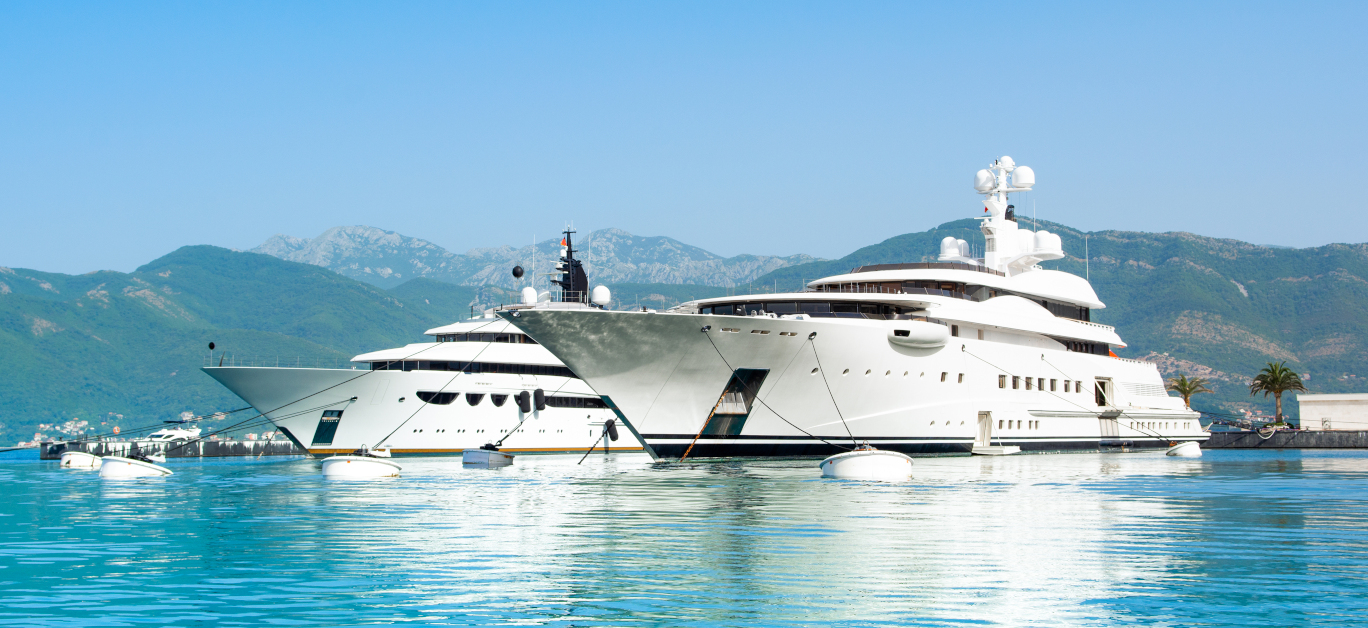Buying a yacht is the ultimate lifestyle purchase. But, when making such a significant acquisition, there are multiple aspects to consider beyond whether you want a motor boat or sailing yacht. From the size of the vessel and its range to smaller onboard details, including accessibility, all of these are important details to consider.
Buying your first yacht can be particularly challenging, as boat ownership will be unchartered territory. The key to most yacht acquisition considerations will be your intended use of the vessel, for example, if you want to enjoy extended times at sea exploring the world’s most remote regions, you will need an ocean-going vessel with an extended range. However, if you wish to enjoy family holidays enjoying superyacht hot spots such as the Caribbean and Mediterranean, you may want to opt for a boat with a shallow draft and accessible yacht features.
Having an understanding of some of these key considerations will also help make the yacht buying process that much easier, as you and your yacht broker will be able to quickly identify potential luxury yachts that match your needs.
Read our yacht buying guide and explore the top seven considerations that first time yacht owners should make note of.
1. Accessibility
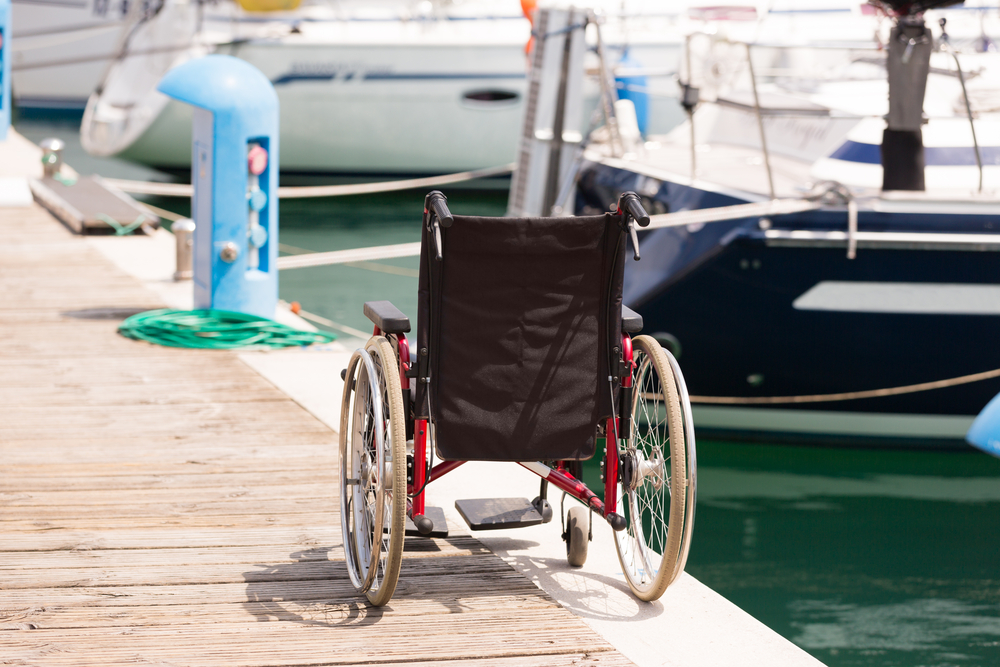
One important consideration is whether the boat is accessible to people with disabilities or limited mobility. This is especially important if you wish to charter your vessel or enjoy multi-generational holidays on the water where accessibility may be an issue for some family members.
Accessibility may include features such as ramps, lifts, and wide doors and passages to accommodate wheelchairs, as well as accessible bathrooms and sleeping quarters. It’s also important to consider the stability and manoeuvrability of the yacht, as well as any interior modifications that may be necessary to make it accessible.
2. Draft

If you plan on using your boat in shallow waters, it’s important to consider the draft, which is the distance between the waterline and the bottom of the hull.
A yacht with a shallow draft can navigate in waters with less depth, making it an appealing option for those who want to explore small anchorages that cannot accommodate larger vessels. A vessel with a deep draft will require deeper waters, limiting where it can cruise and placing a heavier reliance on tenders.
Some factors that can affect a yacht’s draft include the hull design, the type and size of the keel, and the weight and distribution of the yacht’s equipment and supplies.
3. Range
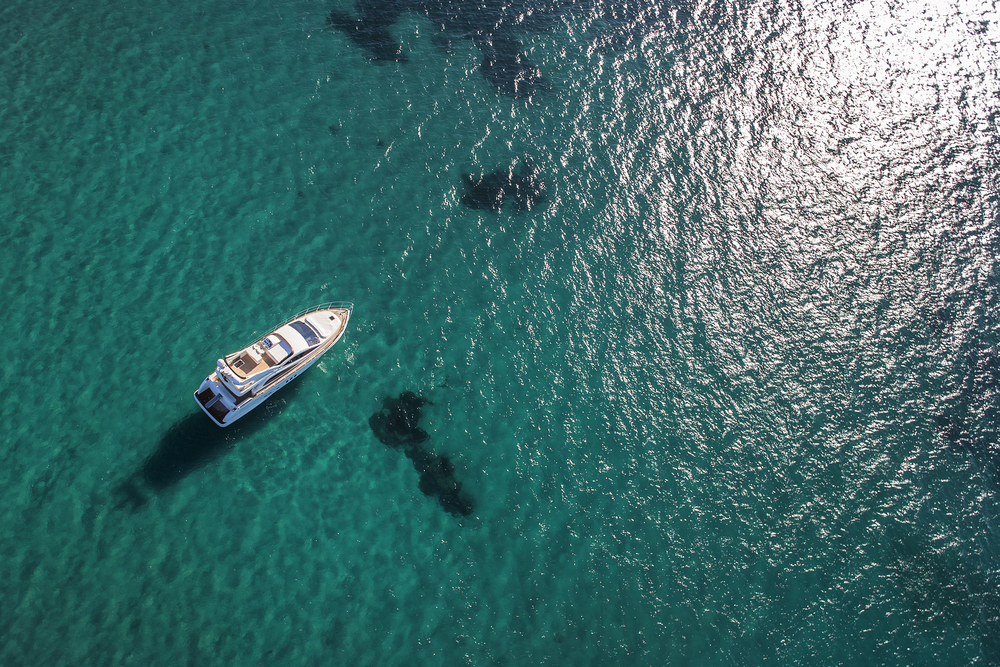
The range of a boat is an important consideration when buying a yacht for the first time, as it determines how far it can travel before needing to refuel.
Range is affected by several factors, including the size and type of engine, the fuel capacity, and the speed and efficiency of the yacht. The desired range is often dictated by how you intend to use your yacht – do you want to enjoy extended holidays on the water, such as a world cruise, or will you likely use the yacht to enjoy shorter getaways in blue water havens?
4. Engine

Another vital consideration when buying a boat is the brand and type of engine. It’s important to choose an engine that is suitable for your intended use and meets your performance and reliability expectations. Ensuring an engine is in good working order and is well maintained will also help limit future ownership costs.
Sought-after engine brands with yachting enthusiasts include NTU, Deutz, and Mercury Man, all known for their high performance, longevity, and economical fuel use.
5. VAT and duty

VAT, or value-added tax, is a tax that is levied on most goods and services in the European Union. Duty, on the other hand, is a tax on imported goods.
If a yacht is VAT and duty paid, the applicable taxes have already been paid, and the yacht can be freely bought and sold within the EU without incurring additional tax liabilities. Vessels that are not VAT and duty paid may be subject to these taxes, which can significantly increase the acquisition cost. Always check with your broker whether the yacht is being sold with VAT and duty paid.
6. Gross Tonnage
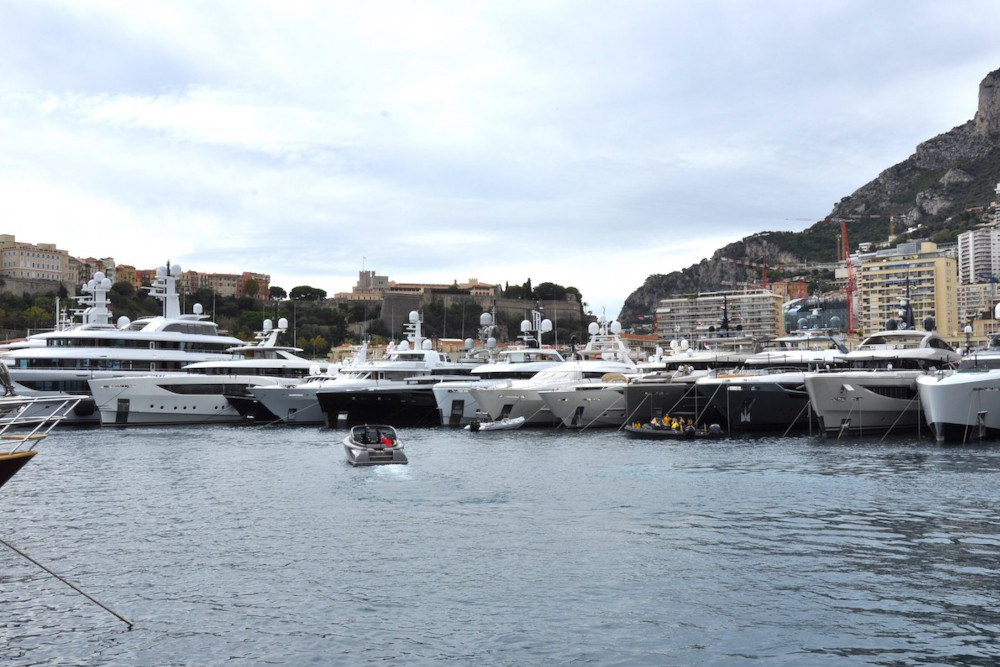
Another important consideration is the gross tonnage of a boat, which is a measure of a vessel’s internal volume. The gross tonnage of a yacht is calculated using a formula that takes into account the length, width, and height of the yacht’s interior spaces.
Yachts with a gross tonnage of around 300, or just below, are particularly sought-after, especially by first-time boat owners. These vessels still boast voluminous proportions ideal for getaways with friends and family, but are more manoeuvrable and require less crew to operate, helping to mitigate ownership costs and yacht management overheads.
As yachts under 300 gross tonnages are classified as pleasure vessels they also benefit from fewer restrictions. Yachts above 300 gross tonnages are classified by the U.S. Coast Guard as seagoing motor vessels, and are therefore subject to much more rigorous regulations.
7. Amenities
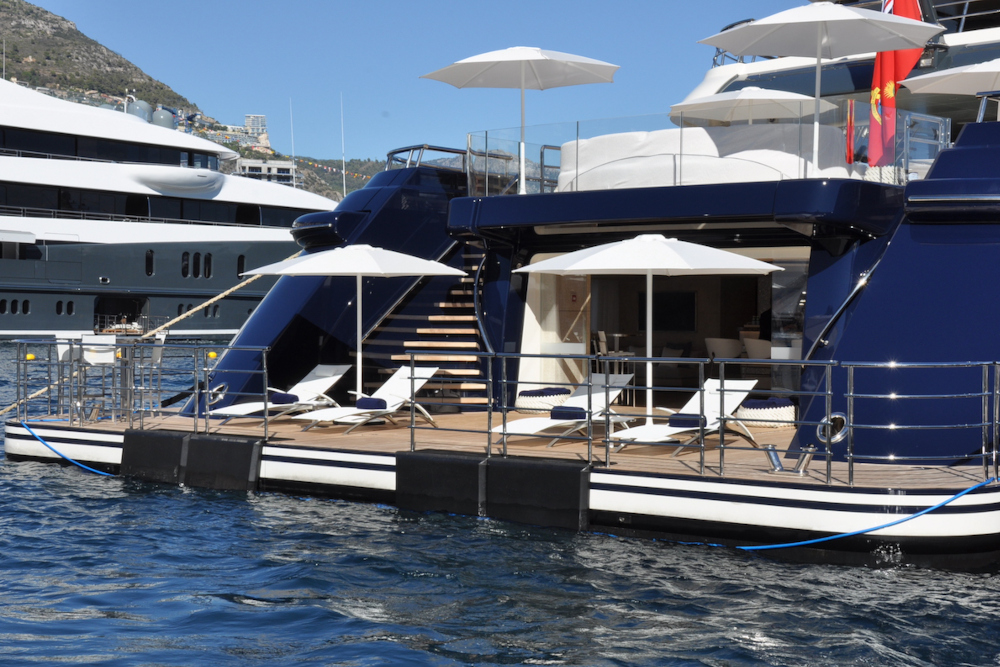
In addition to all of the above listed in our yacht buying guide, you’ll also want to consider what amenities are a must. Do you need lots of outdoor space or perhaps voluminous saloons for entertaining? Do you want a large garage for water toy storage? Or perhaps you have your heart set on a swimming pool, Jacuzzi, or home cinema.
If you want to enjoy your yacht with friends and family, you will also want a flexible layout that maximises space while ensuring everyone can enjoy an element of privacy. Alternatively, you may wish to have a dedicated study area if you plan on working while at sea.
Working with an experienced yacht broker can help guide you through these key considerations and then draw up a shortlist of potential yachts to view. What other key considerations would you add to our yacht buying guide?












